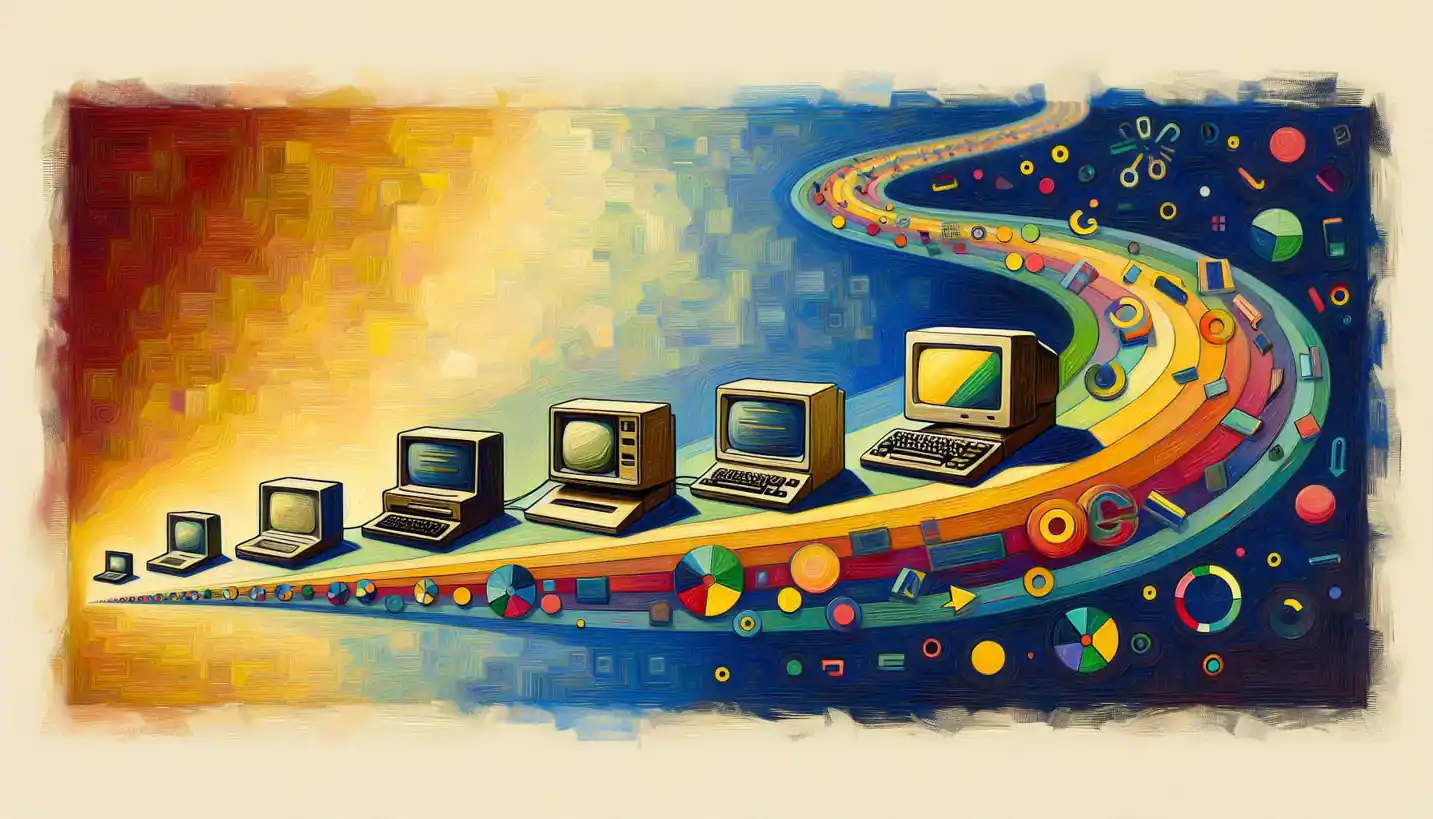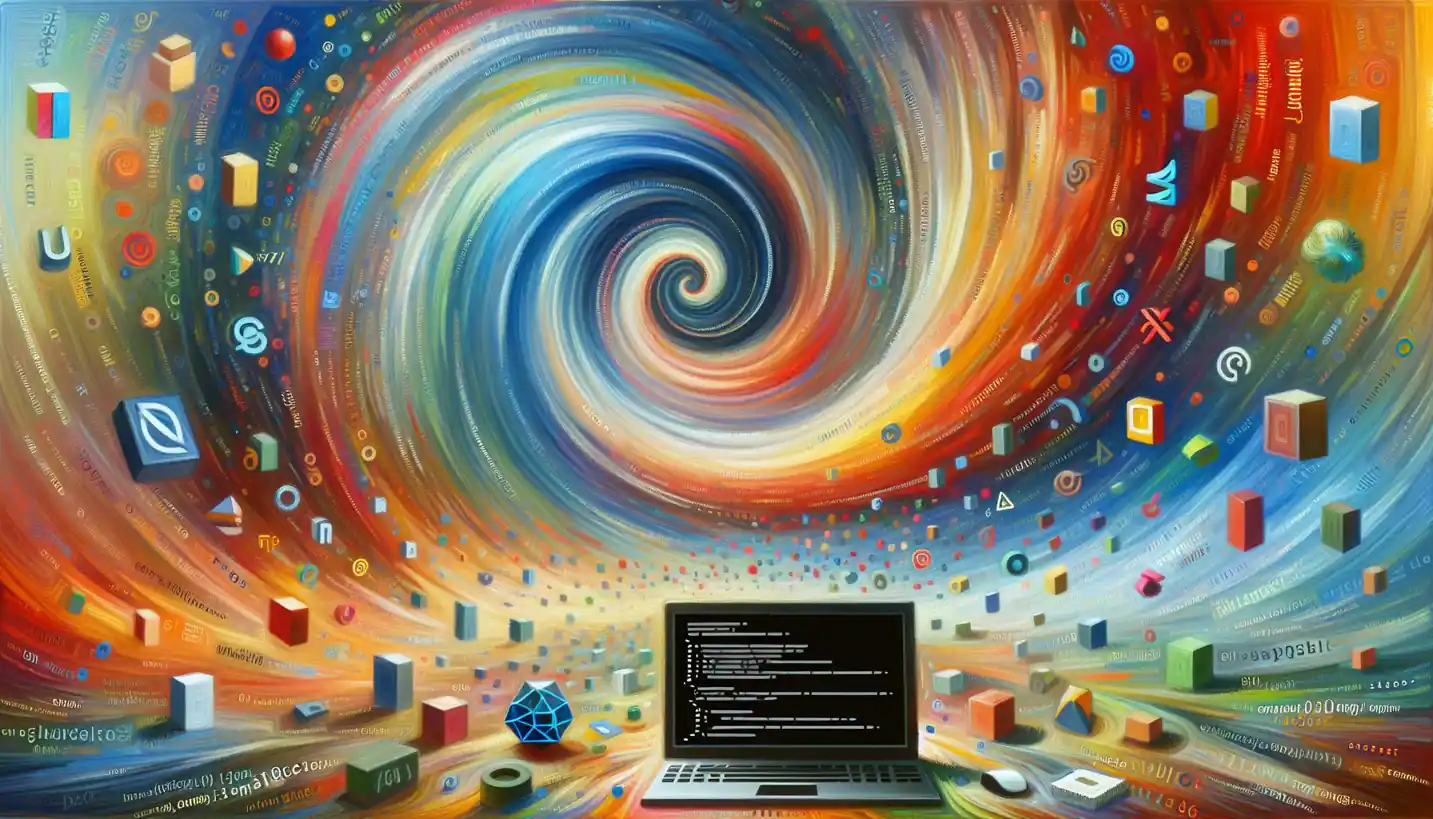· Computer Science · 4 min read
Vector Space Model: Understanding the Basics of NLP
The vector space model represents documents as mathematical vectors. Discover why this approach is foundational to many natural language processing applications.

These days, when we’re thinking about how computers understand human language, the vector space model often comes up. It’s like teaching a computer a new language, but instead of using flashcards, we use math. This method really shines in the realm of natural language processing, or NLP for short. Let’s dig into this fascinating world and see what makes it tick.
What is the Vector Space Model?
At its core, the vector space model is a way to represent text, whether it’s a word, a sentence, or an entire document, as points in space. Imagine you have a piece of paper, and each word you know is a dot. The distance between these dots helps you figure out how similar or different they are. So, the closer two words are on this paper, the more alike they are in meaning.
How Does It Work?
The vector space model turns words into numbers, or vectors, by looking at the frequency and position of words. Consider this: in a really simple version, we might just count how many times a word appears in a document. Then, we can draw a line—or vector—pointing in a direction based on this count. The length and direction of these lines help us compare different bits of text.
The Magic Behind Transforming Text
You might wonder how a computer figures out which words to pay attention to. Here’s the trick: it uses something called ‘term frequency-inverse document frequency’ or TF-IDF. This method not only counts the number of times a word appears but also considers how important that word is by checking how often it pops up across all texts. So, “the” might show up a lot, but it’s not very informative.
Why Is the Vector Space Model Important?
Well, this method makes it possible for machines to do things like search engines, filtering spam email, or even suggesting the next word while you’re texting. It’s all about finding patterns and relationships in the way we use words. That’s why this model is pretty much a cornerstone in text analysis.
Practical Applications of the Vector Space Model
We see these models in work everywhere. Let’s say you’re trying to find documents related to climate change. You’d use this model to see which documents are close to the term “climate change” in vector space. Suddenly, finding relevant information becomes more about geometry than guessing!
Enhanced Recommendations and Search Efficiency
Ever notice how online platforms seem to understand what you’re interested in? They use vector space models to analyze and predict your preferences. By mapping user activities and preferences into vectors, platforms tailor content that aligns perfectly with your interests.
Challenges and Limitations
While the vector space model is powerful, it does have its quirks. Language is complex and full of nuances, metaphors, and idioms. A vector space model might struggle to grasp sarcasm or irony, which can lead to misunderstandings. Also, computing the vector space for vast datasets is resource-intensive, often requiring sophisticated algorithms and high-powered computers.
Handling Ambiguity and Context
One of the trickiest parts is dealing with words that have more than one meaning. Think about “bank.” Are we talking about a riverbank or a financial institution? Without context, it’s like playing a game of charades. Advanced models are continuously evolving to address these complexities, but it’s a work in progress.
The Future of the Vector Space Model
As technology advances, so does the world of vector space models. New techniques are emerging, such as word embeddings, which offer a more nuanced and flexible approach to understanding text. These methods take advantage of deep learning to provide even more accurate analyses of human language.
Incorporating AI and Machine Learning
The integration of artificial intelligence and machine learning brings exciting possibilities. Developers are now creating models that learn and improve over time, adapting to new language patterns and slang without manual updates. This evolution promises more intuitive and responsive systems.
Sparking Curiosity: What’s Next?
The journey of understanding language is far from over. Imagine a world where language barriers are bridged seamlessly by machines, enabling people from different cultures to communicate effortlessly. Researchers are constantly exploring how to make language models even smarter, faster, and more intuitive.
Potential Breakthroughs on the Horizon
With the pace of innovation, there could soon be models capable of not just understanding, but predicting shifts in language and culture. Such advancements could revolutionize fields like linguistics, psychology, and even sociology.
In conclusion, the vector space model is like a bridge, helping computers step into the vast sea of human language. While it might not be perfect, it’s definitely a critical tool in the quest for better communication between humans and machines. As we continue to explore and refine these technologies, the possibilities are as endless as the stories they can help us tell.



